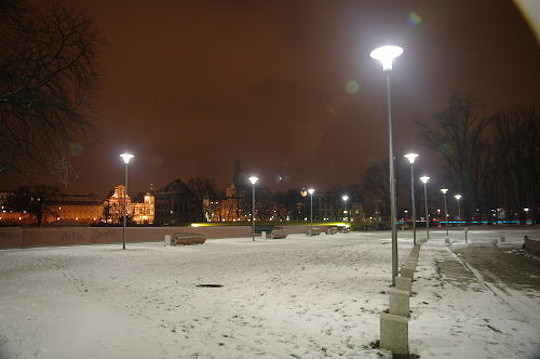Polarizing filters test - supplement
3. Cokin CPL P164
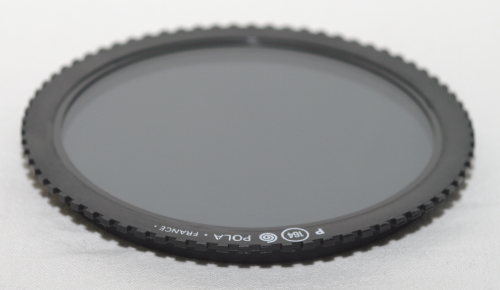 |
||
 |
||
The Cokin P system has a lot of enthusiasts and they are growing in number. Among the whole range of grey, colour, normal and graduating filters there should be a place for a circular polarizing filter as well. Let’s check now what it can do.
Please Support UsIf you enjoy our reviews and articles, and you want us to continue our work please, support our website by donating through PayPal. The funds are going to be used for paying our editorial team, renting servers, and equipping our testing studio; only that way we will be able to continue providing you interesting content for free. |
- - - - - - - - - - - - - - - - - - - - - - - - - - - - - - - - - - - - - - - - - - - - - - - -
Results of the test
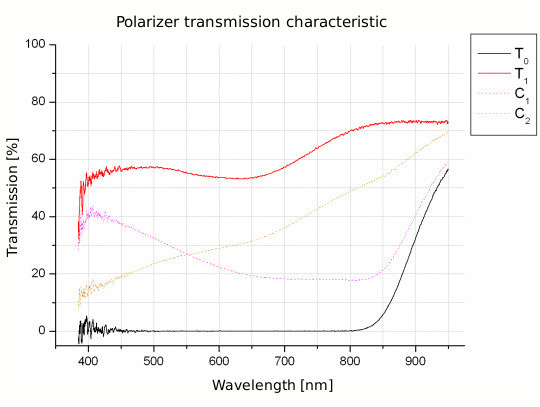
Red color extinction coefficient: 1.30E-4 - Score: 3.5/4
Green color extinction coefficient: 1.47E-5 - Score: 4/4 Blue color extinction coefficient: 4.25E-3 - Score: 2/4 Mean transmission of the whole spectrum: 28% - Score: 0.61/3 Score:
|
|
||
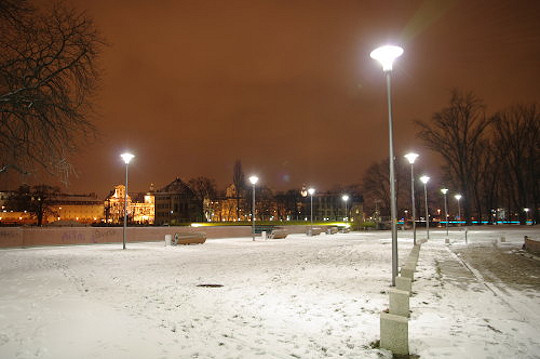
With filter Score:
|
|
||
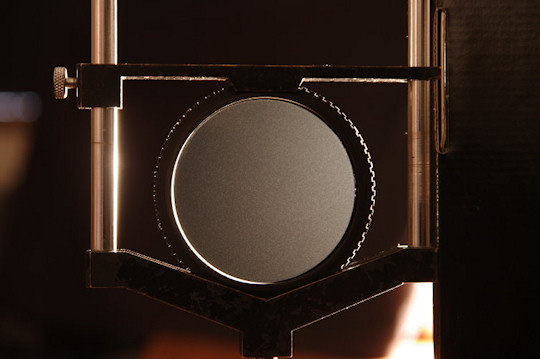
Luminance: 91.69
Score:
|
|
||
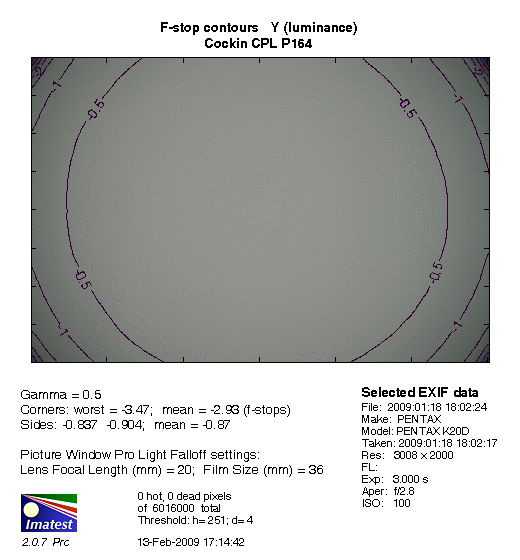 Edge darkening: 10.6% Score: |
|
||
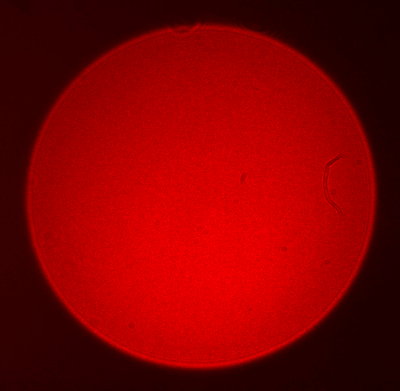
Without reservation
Score:
|
|
||
|
|||
Usage
The Cokin CPL P164 is heavy because of its construction.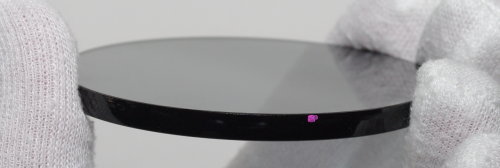 |
As you see it consists of 5mm glass, blackened at the edges. It is fastened in a plastic holder by a snap-on fastener so you must be careful- when pressed with force it might fall off. The filter moves with uneven resistance and sometimes it jams. As all the parts are made of plastic (apart from the thread used to attach it to a lens) they probably will wear out in time.
Because of the vignetting, the lens, we use the filter with, must have a focal length longer than 21 mm for an APS-C sensor body (or about 31 mm for a full frame). This value depends on the lens and the values given here were calculated empirically for a Sigma 17-70/2.8-4.5.
Summary:
Final result: 21.02/37.5 points. This results means 18th place in the overall ranking. The transmission curve reaches the local maximum for the green color and then it increases towards red. The1/100000-1/10000 extinction coefficient is very good for a foil polarized filter. The extinction is total from violet to near infrared (over 800nm) but you had to pay for it – the mean transmission is low (28%). The C1 and C2 graphs indicate that we’re dealing with a zero-order quarter-wave plate designed for the middle of visible spectrum. (550 nm).Undoubtedly the low position is caused by high vignetting and significant scattering.
The tested filter was lent courtesy of the Antymex Company.




